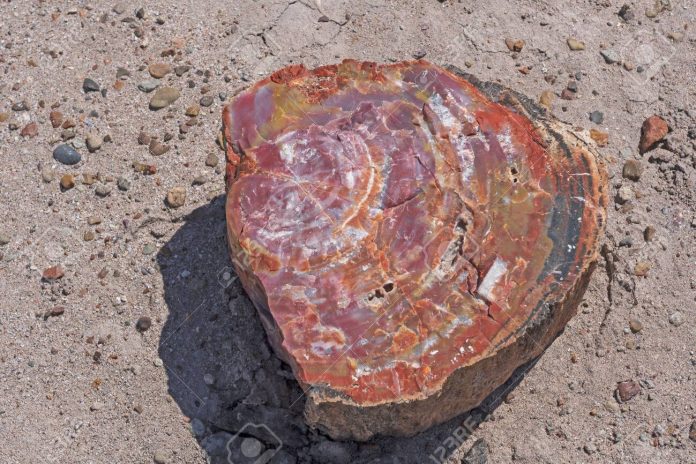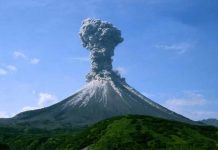About 200 million years ago, a conifer forest covered much of present-day northeastern Arizona. At some point, volcanic activity downed many of the 200-foot-tall trees, which were then quickly buried by sediments that cut off the oxygen supply, thus slowing down the process of decay.
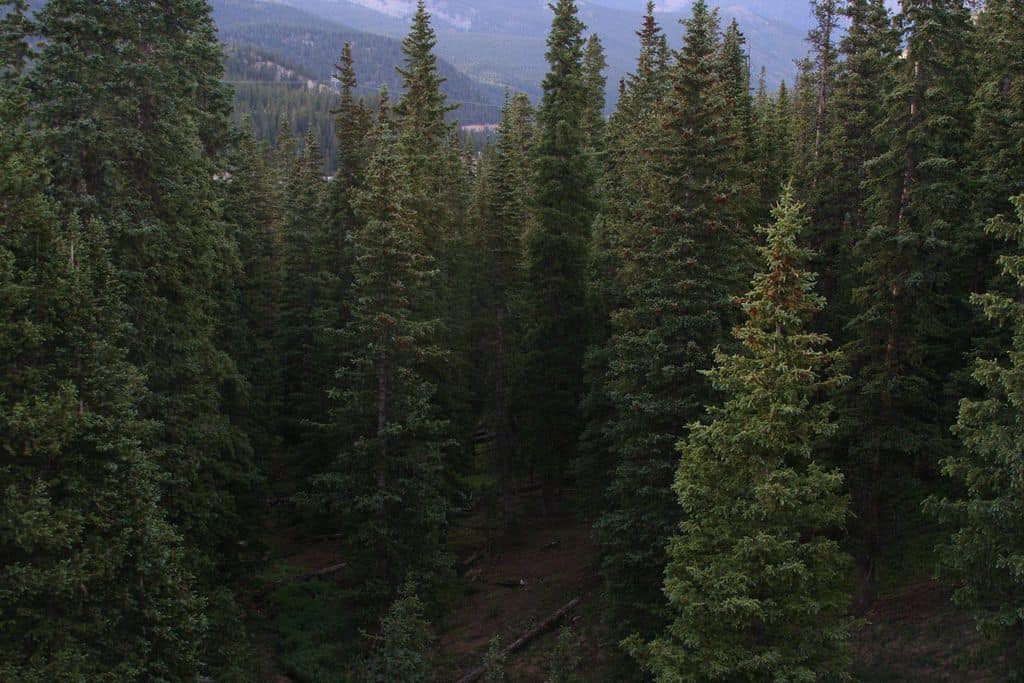
Over thousands or millions of years, mineral-rich water percolated through the buried trees. Silica precipitated out of the water, replacing decomposing organic material with mineral crystals that took on the shape of the original wood. This process resulted in remains that look like wood but are actually rock.
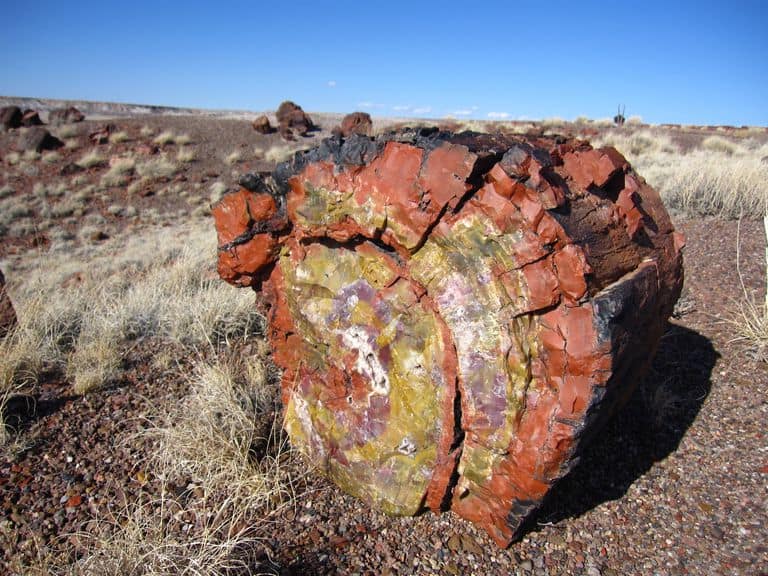
Early Records of Petrified Wood in Arizona
Millennia after the forces of nature re-exposed the trees — now fossilized — to Earth’s surface, ancestral Puebloan people fashioned fragments of the fossils as tools such as scrapers and knives. They even used the ubiquitous petrified wood for construction, assembling structures such as an eight-room pueblo known today as Agate House, a popular tourist stop in Petrified Forest National Park (PFNP).
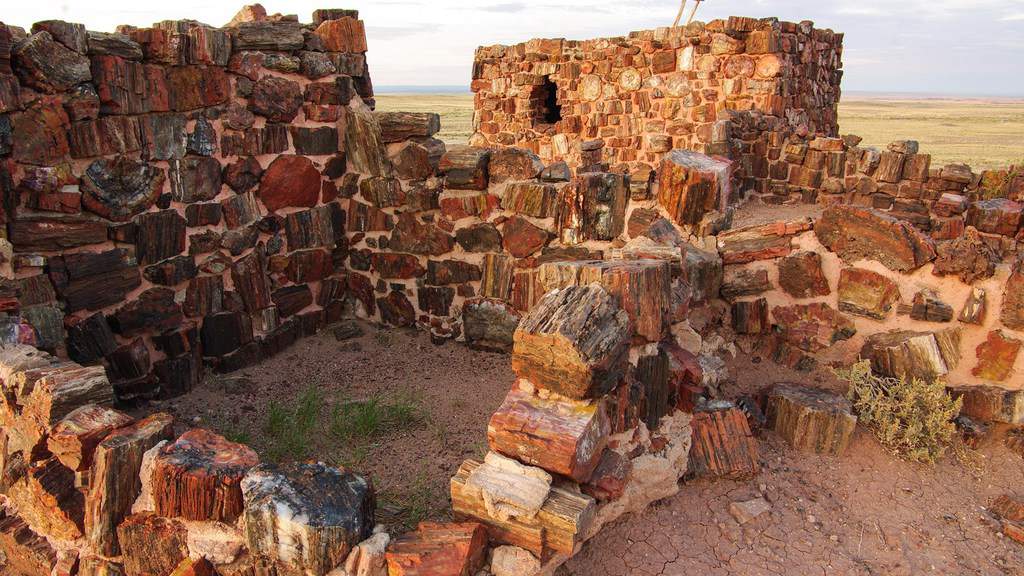
Centuries after the Puebloans left the area, Lieutenant James Simpson of the U.S. Corps of Topographical Engineers led an 1849 expedition that stumbled upon petrified wood in the area between today’s PFNP and Canyon de Chelly, 100 miles to the north. Simpon’s brief report about the discovery is the first known modern account of petrified wood in Arizona.
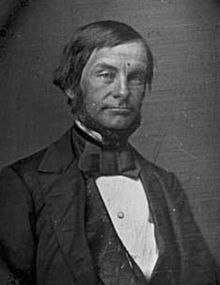
In September, 1851 Captain Lorenzo Sitgreaves led an expedition through northern New Mexico and Arizona, searching for a new route across the Southwest. On the 28th, traveling within a few miles of today’s PFNP, the explorers discovered vast deposits of petrified tree stumps and logs.
In 1853 Lieutenant Amiel Whipple led another expedition through the area, looking for a suitable route for a transcontinental rail line along the 35th parallel through New Mexico and Arizona.

On December 2 the expedition set up camp at an area known today as the Black Forest in the northern reaches of PFNP. Whipple named a nearby trickle of water Lithodendron Creek (meaning “rock wood” creek) because of the vast deposits of petrified wood.
Another expedition member, German artist and topographer Heinrich Balduinin Mollhausen, collected specimens and eventually gave them to countryman and paleobotanist H.R. Goeppert. Goeppert recognized the samples as ancient conifers and attributed them to a new species, Araucarites mollhausianus.
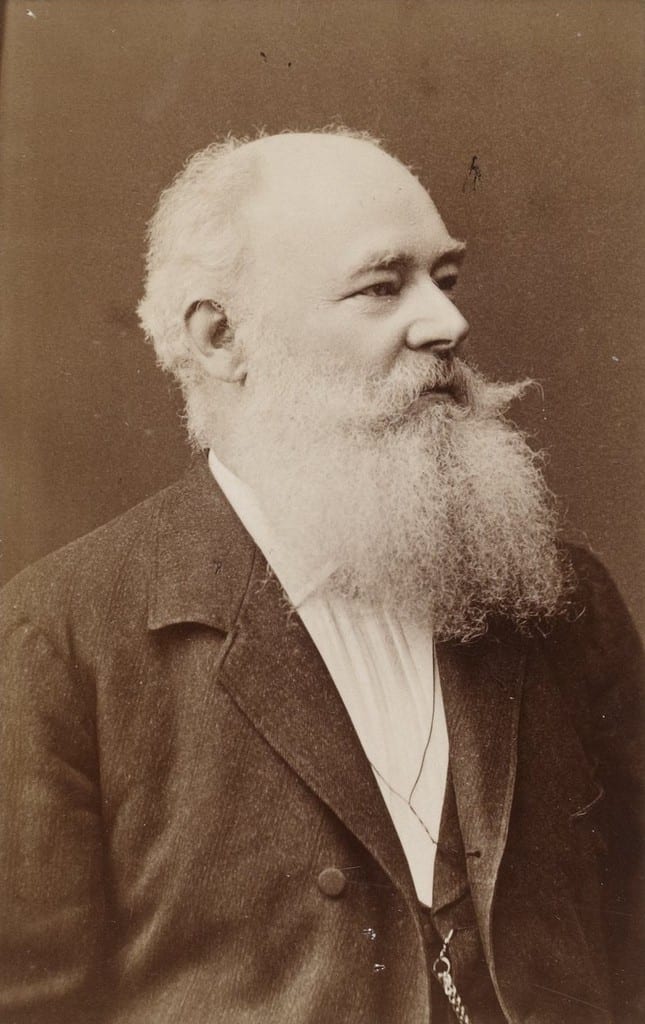
Araucarioxylon arizonicum, the Dominant Fossil at Petrified Forest National Park
In 1878, American Civil War general William Tecumsah Sherman stopped at New Mexico’s Fort Wingate during a cross-country tour. Sherman requested post commander Lieutenant Colonel P.T. Swain to collect two large specimens of petrified wood to be displayed at the Smithsonian Institution.
Swain delegated Second Lieutenant J.T.C. Hegewald to lead a contingent to collect appropriate specimens. Hegewald gathered large pieces of wood from the banks of Lithodendron Creek and a site near Fort Wingate. The six- to 11-foot pieces were transferred back to Washington, D.C., where for years they have been displayed outside the Smithsonian’s National Museum of Natural History .
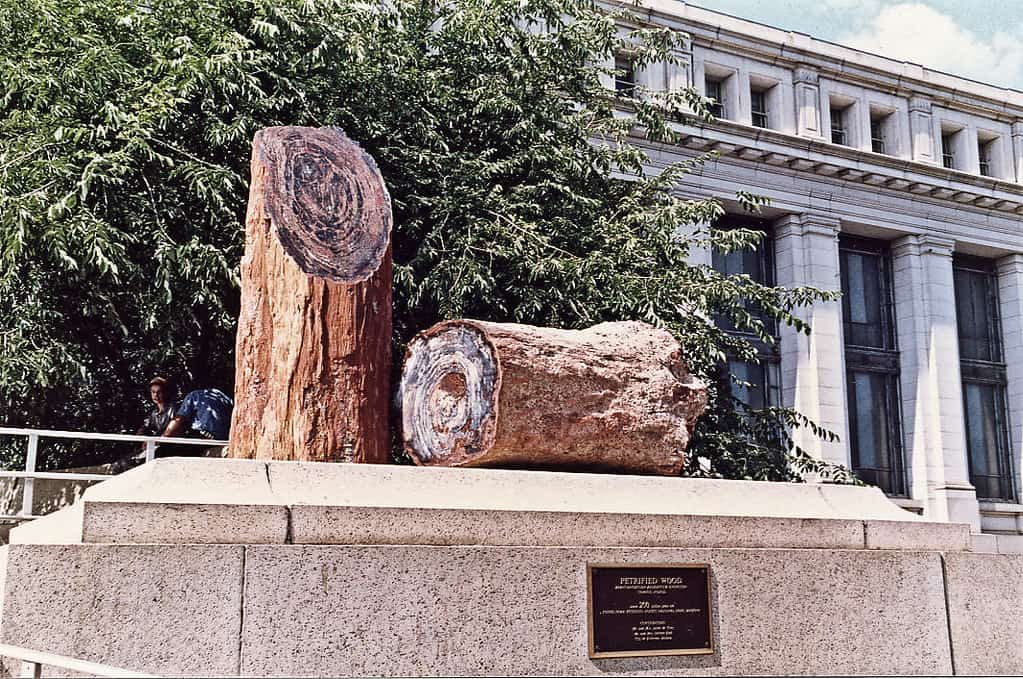
In 1889, Frank Knowlton, Assistant Curator of Fossil Plants at the Smithsonian, studied the large display pieces and concluded they belonged to the genus Araucarioxylon. He believed the specimens might belong to the species introduced by Goeppert.
However, Goeppert had not adequately described his taxon, and Knowles had no way of examining Goeppert’s specimens. Because of this, he decided to introduce a new species, Araucarioxylon arizonicum.
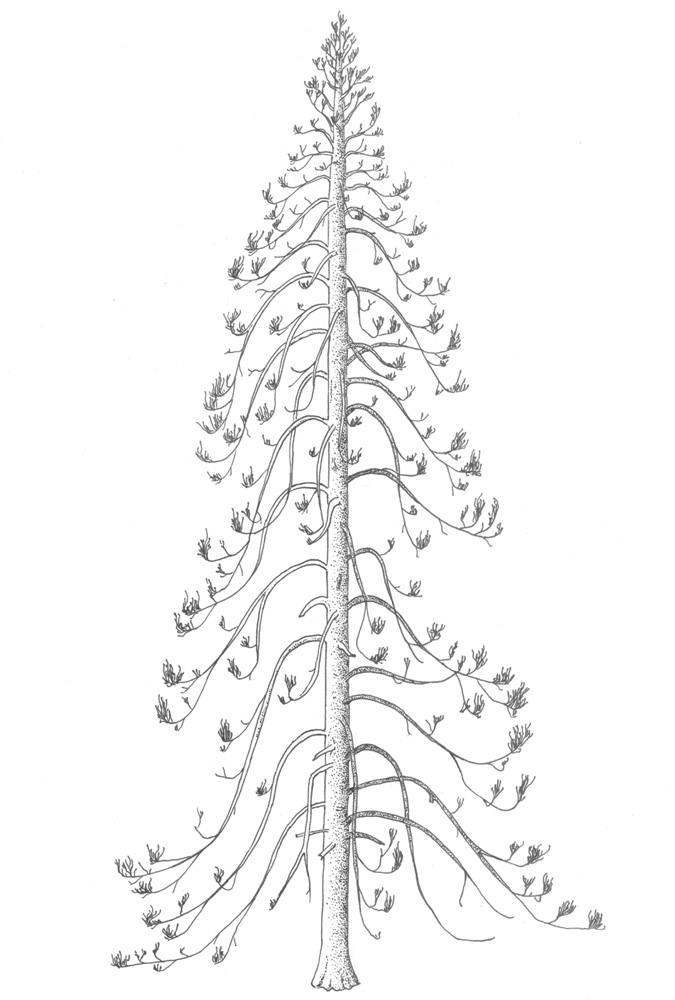
About 90% of the petrified wood specimens from PFNP are today attributed to Araucarioxylon arizonicum. They are embedded in rocks of the Triassic Chinle Formation, about 200 million years old.
- What Is Aromatherapy Vs. What Are Essential Oils?
- What is La Tomatina in Bunol, Spain Like? What to Expect at the Famous Tomato Throwing Festival
Petrified Wood Designated Arizona State Fossil in 1988
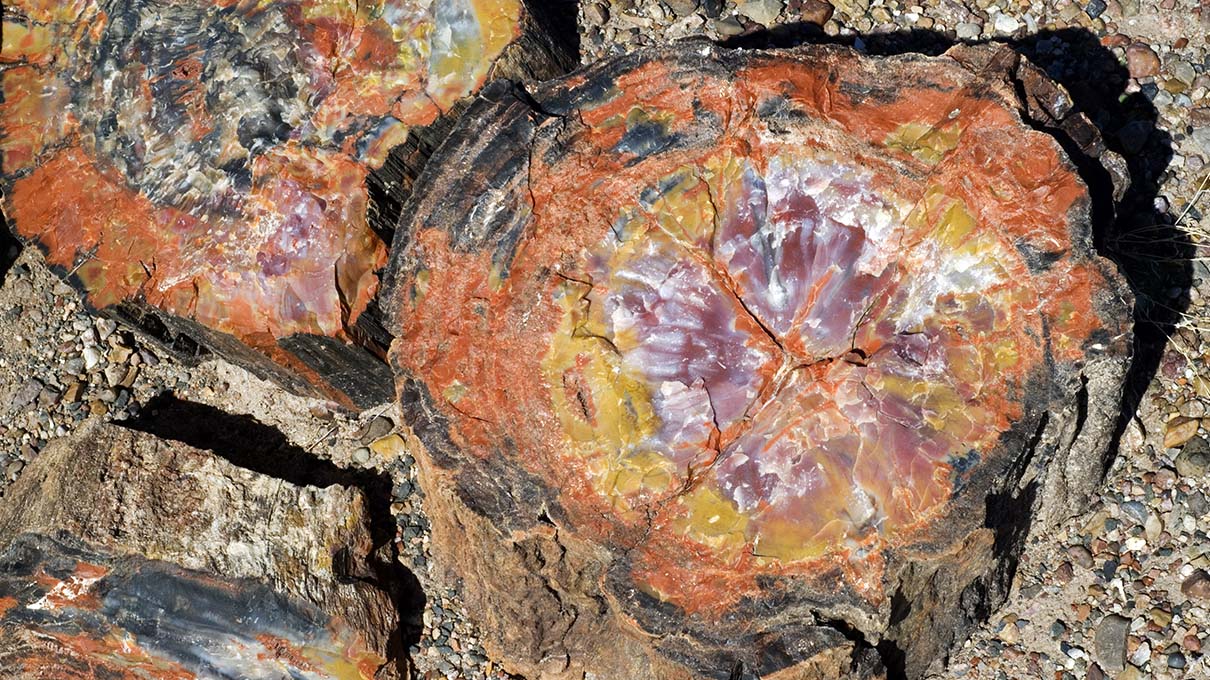
Several states recognize petrified wood as their official state fossil. For instance, Louisiana has petrified palmwood, North Dakota has teredo-bored petrified wood, and Oregon recognizes Metasequoia, a fossil dawn redwood.
In 1988 Arizona added itself to this group, recognizing petrified wood, specifically Araucarioxylon arizonicum, as the state fossil. This designation came exactly a century after Knowlton first described the species.
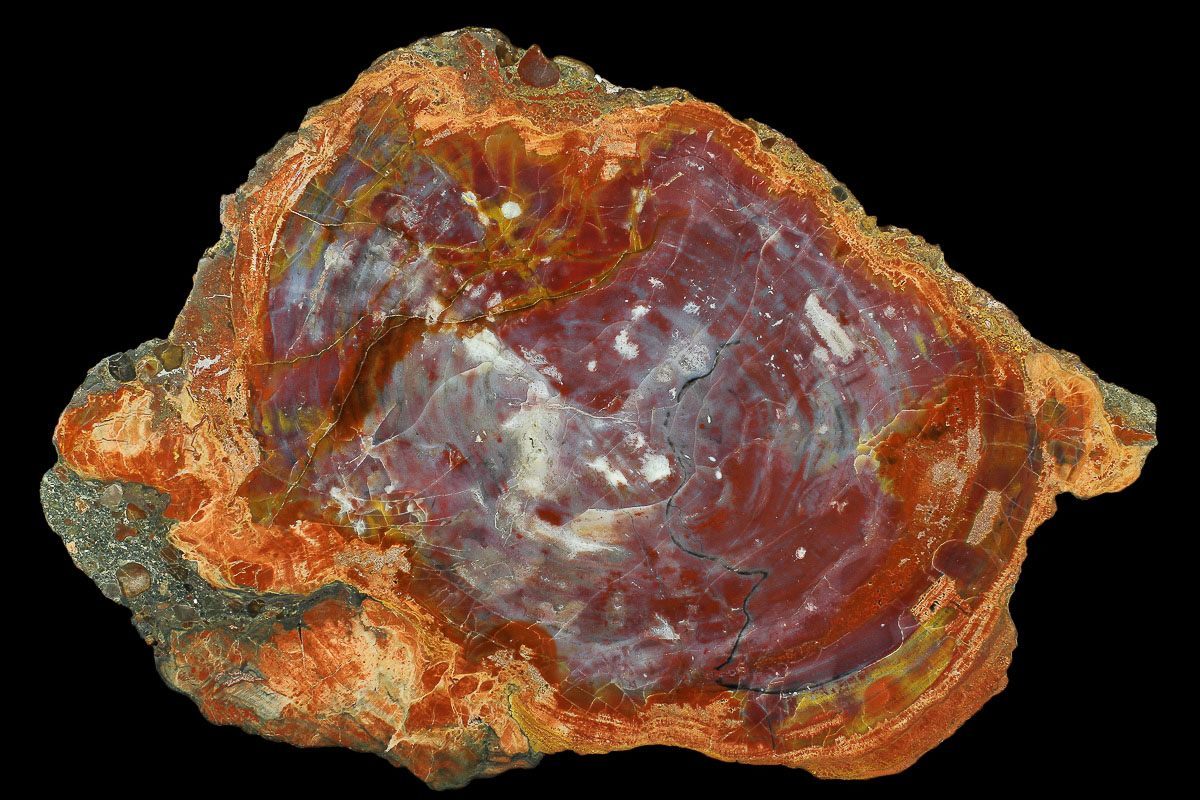
Under Arizona Revised Statutes Title 41 (state government), Chapter 4.1 (History, Archaeology and State Emblems), Article 5 (State Emblems), §41-853 reads “Petrified Wood, or Araucarioxylon arizonicum, is the official state fossil.”


